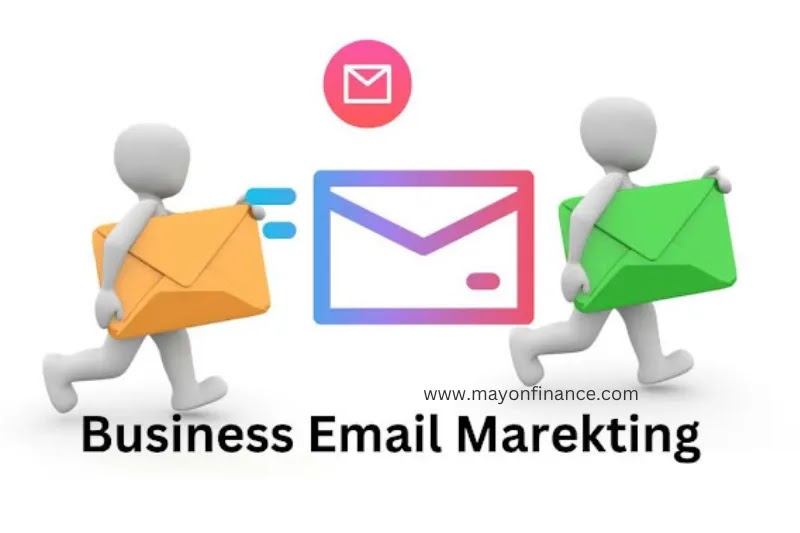 In today’s competitive job market, employee benefits programs are more than just an added perk—they are a critical tool for attracting and retaining top talent.
In today’s competitive job market, employee benefits programs are more than just an added perk—they are a critical tool for attracting and retaining top talent.
For employers in the USA, designing a benefits program that meets employee needs, complies with regulations, and supports business goals can be complex. This guide offers practical insights and easy-to-understand strategies for building a successful employee benefits program in 2025, optimized for US businesses.
Why Employee Benefits Matter More Than Ever
Employee benefits programs are essential for improving workforce satisfaction, productivity, and loyalty. According to recent studies, over 70% of US employees say benefits significantly influence their decision to stay with an employer. Beyond the basics like health insurance and retirement savings, today’s workforce values personalized and flexible benefits that support their health, well-being, and lifestyle.

Key Benefits to Include in Your Program
-
Health and Wellness Benefits:
Health insurance remains a cornerstone of any benefits package. Employers typically offer medical, dental, and vision plans through group insurance. Mental health support, such as counseling services or Employee Assistance Programs (EAP), has become increasingly important. Wellness programs that encourage healthy habits through fitness incentives or screenings can reduce absenteeism and increase productivity. -
Financial Security Benefits:
Retirement plans like 401(k) with employer matching are highly valued. Other important financial perks include life insurance, disability insurance, and financial wellness programs that offer budgeting education or debt assistance. -
Work-Life Balance Benefits:
Flexible work schedules, remote work options, and generous paid time off policies (vacation, parental leave, sick leave) are critical. These benefits help employees manage stress and prevent burnout, improving overall morale. -
Career Growth Benefits:
Investing in your employees’ futures through tuition reimbursement, skill development workshops, or mentorship programs boosts engagement and reduces turnover. -
Unique and Non-Traditional Benefits:
Some companies offer creative perks such as pet insurance, student loan repayment assistance, eldercare support, or even sabbaticals. These benefits can set you apart in the talent market.
Personalizing Benefits for Your Workforce
One size no longer fits all. The most successful companies gather employee feedback through surveys or focus groups and use technology platforms to offer a flexible “cafeteria-style” benefits package.
Employees can select the benefits most relevant to them within a defined budget. Personalization makes employees feel valued and leads to better utilization and satisfaction.
Legal Compliance and Staying Updated
US employers must navigate a complex landscape of federal and state laws governing employee benefits, including the Affordable Care Act (ACA), Family and Medical Leave Act (FMLA), and Employee Retirement Income Security Act (ERISA).
Compliance with these rules protects your business from costly penalties and builds employee trust. Staying informed about new legislation and legal updates is essential for maintaining compliant programs.
Using Technology to Manage Benefits Efficiently
Modern benefits administration platforms simplify enrollment, claims management, and communication. AI-powered systems can analyze employee data to recommend personalized benefits and predict future needs.
Automated tools reduce administrative burdens and improve data security. Additionally, mobile-friendly apps help employees easily access their benefits information anytime, anywhere.
Measuring the Impact of Your Benefits Program
To understand if your benefits program is truly effective, track metrics like employee retention rates, participation in benefits, absenteeism, and productivity.
Regularly gather employee feedback to identify unmet needs or dissatisfaction. Align your benefits strategy with overall company goals for maximum impact.
Communicating Benefits Effectively
Clear, consistent communication is critical. Use multiple channels such as emails, webinars, and benefit fairs to educate employees about program offerings and how to use them.
Personalized benefit statements and FAQs improve understanding and encourage utilization. Engaging communication ensures employees maximize the value of their benefits.
Managing Costs without Compromising Quality
While offering a competitive benefits program, controlling costs is crucial. Strategies include:
-
Offering tiered benefit options where employees can choose higher or lower coverage based on their budget
-
Negotiating with insurance providers for better rates
-
Implementing wellness programs that reduce long-term healthcare costs
-
Utilizing self-funded insurance plans to control expenses
Innovative trends like telemedicine and mental health services also provide cost-effective care and improve employee access.
Conclusion: Build a Benefits Program That Works for 2025 and Beyond
Employee benefits programs are a powerful investment in your workforce and business success.
The key to a winning program is personalization, clear communication, legal compliance, wise cost management, and leveraging technology. By understanding and implementing these strategies, US employers can design programs that attract and retain talent, improve employee well-being, and support long-term growth.
Focus on the real needs of your employees today, stay flexible to adapt with evolving workforce expectations, and make benefits an integral part of your company culture for continued success in 2025 and beyond.

